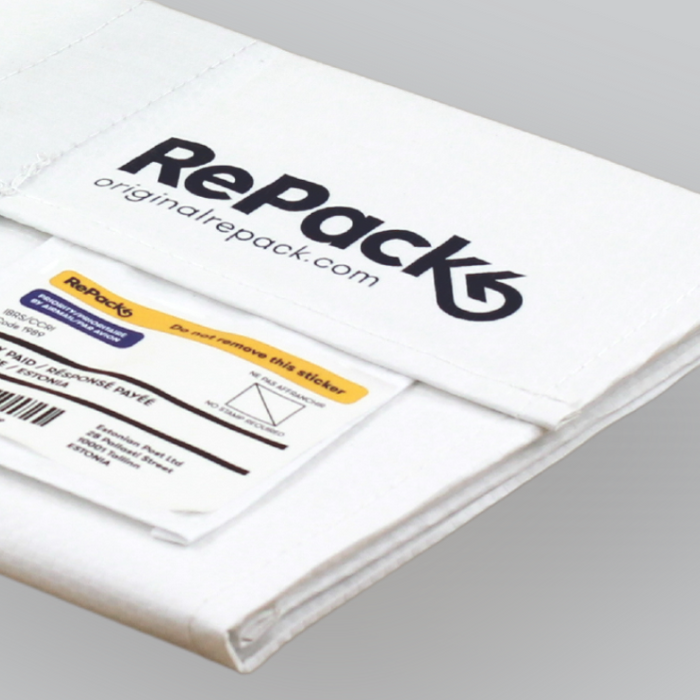
The 30 Best Sustainable Brands
The race to net zero means we need to get a grip on our wardrobes. We are drowning in clothes — northwards of 100 billion garments are produced each year from virgin resources; we buy 60 per cent more clothes than 15 years ago, wearing them for half as long; and 87 per cent of clothing material is incinerated, consigned to landfills or dumped in the natural environment. This is not a good look.
However, the world of sustainable fashion solutions is, dare I say it, suddenly looking exciting. It was, after all, the resale etailer Vestiaire Collective that stole the fashion headlines recently by attracting investment from the super-luxury brand Kering and becoming a so-called fashion unicorn (new businesses with valuations over one billion dollars). Yet there are many eco-initiatives and some are greenwash. To navigate apply the six fashion Rs to your wardrobe: reduce, refurbish, resell, rent, repair and regenerate (recycling remains technically difficult, especially with synthetic clothes, so that’s a last resort).
According to research by the academics Kate Fletcher and Mathilda Tam, we need to double the lifespan of all clothing. If that feels like too much to take on personally, share the load by using a rental platform. Rental is also going mainstream. Soon it won’t just be dedicated platforms as high street brands get on in the act. Look out for the Zoa button appearing on the more mainstream fashion brands’ online stores as they too start to offer rental (via technology built by Isabella West, the fashion entrepreneur behind the rental platform Hirestreet). If this seems unexpected — especially for fast-fashion brands where the business model is all about selling new — remember that all online brands are on a quest to find a solution to escalating returns. Could rental be it?
While some big brands have introduced regenerative goals to boost biodiversity in production methods, support communities and clean up existing pollution (Timberland says it aims to source all of its natural materials from regenerative agriculture by 2030), the real movement is about small-scale production from local harvests. In the UK that means domestically grown crops such as flax for linen (Fibreshed South West is looking for growers) and reviving the domestic knitting industry for home-grown wool.
When buying new I also recommend prioritising what I call sane production systems. These include small-batch runs of limited garments where you commit and pay in advance to finance the production run. This is the perfect antidote to a wasteful model where 25 per cent of garments produced are unwanted and remain unsold.
The need to keep clothes in circulation and extend their lifespan is also driving a repair revolution in fashion. Mending is much cooler than trying to buy lower-impact fashion. Orsola de Castro’s recent book Loved Clothes Last: How the Joy of Rewearing and Repairing Your Clothes Can Be a Revolutionary Act is one of the best fashion investments you can make this season.
The best footwear brand recommendation in my arsenal, Essen makes classic yet modish styles in limited runs up to a size 42. I have lived in its buttery-soft red leather ballet flats for six months (also known as my Dorothy shoes and, just saying, they look most excellent with blue jeans), but have my flirtatious eye on its strappy block-heeled sandals in black.
Thank you Hanna and The Times!





